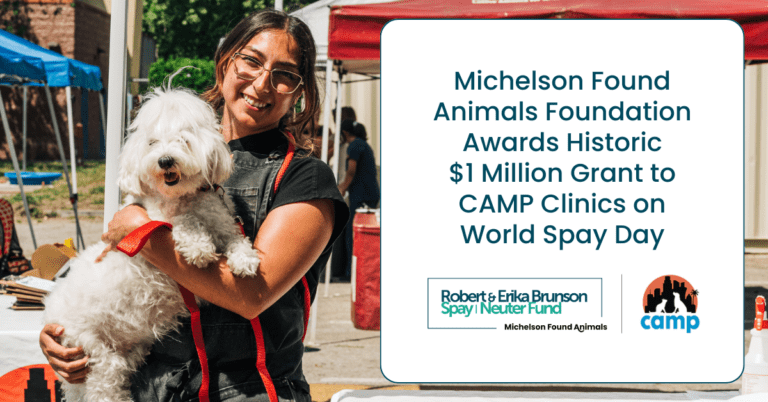How to Get Rid of Fleas and Ticks: Medication Ingredients 101

Now that it’s officially Spring, the heat isn’t the only thing you need to protect your pets from. Flea and tick season has begun and we have some tips on how to get rid of fleas and ticks!
- Pick a flea treatment that not only kills adult fleas, but also eggs and larvae – medications that contain S-methoprene causes fleas to lay sterile eggs by inhibiting the development of larval fleas.
- According to a Consumer Reports article, the patent for fipronil, one of the main active ingredients in a popular flea and tick medication, expired, creating an opportunity for new competitors to manufacture and sell new medicine at a lower cost.
- Shop online or at wholesale stores. Buy in bulk. Check to see if buying packages with more doses saves money – it usually does.
- Cheaper isn’t always better. Less expensive brands may not be as effective, which might require more doses or not work as well. If you’re treating your pets more often, health and safety risks may also increase because of the chemicals.
Fleas are a particularly prolific type of parasite. One female flea lays about 50 eggs a day, the eggs turn to larvae, the larvae incubates for a couple weeks and when the temperature is right, they mature into adult fleas and those fleas start to reproduce. Before you know it your home and pet are infested with fleas.
The active ingredient in the most common topical flea medicine is Imidacloprid, it is so toxic to fleas that it kills 98% of fleas on the body in about 24 hours. If no more than the recommended dose is applied, it’s not harmful to dogs and cats. Imidacloprid is harmful in high doses and to other animals like birds and fish. Older, ill or pregnant animals are not the best candidates for such an intense medicine.
How to get rid of fleas without all those chemicals? Some people shy away from using a chemical flea medicine altogether. There are some simple homeopathic preventative measures you can try, as well as more controversial methods people turn to once a flea outbreak has already occurred. Preventative supplements like brewers yeast and processed garlic (specifically formulated for dogs) can be added to food and over time, they help to repel fleas and make your pets coat nice and shiny. Apple cider vinegar drops added to water and cedar oil drops on the collar may also help if used consistently at least a month before “flea season.”
Animal’s sensitivity to flea bites and saliva can range from barely bothered to a severe allergy requiring emergency vet care. Ideally, you want to have a plan in place before fleas became a major problem. Talk to your vet about the options available, whether oral or topical flea control medication is best for your pet, or whether you want to do more research on holistic options if you are so inclined. It’s much better to get a handle on fleas before they get out of control. Flea-free pets are your ticket to a great summer!


